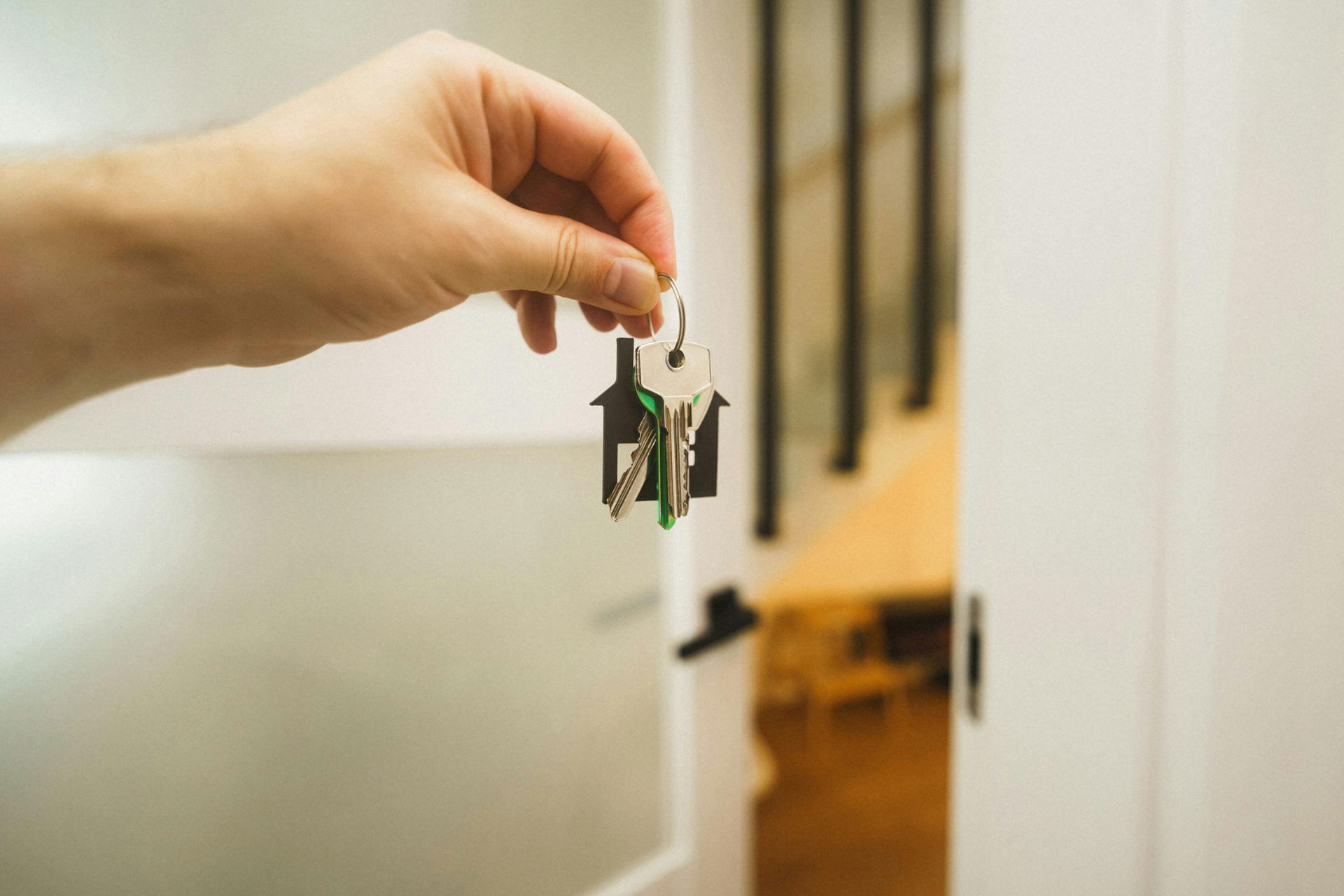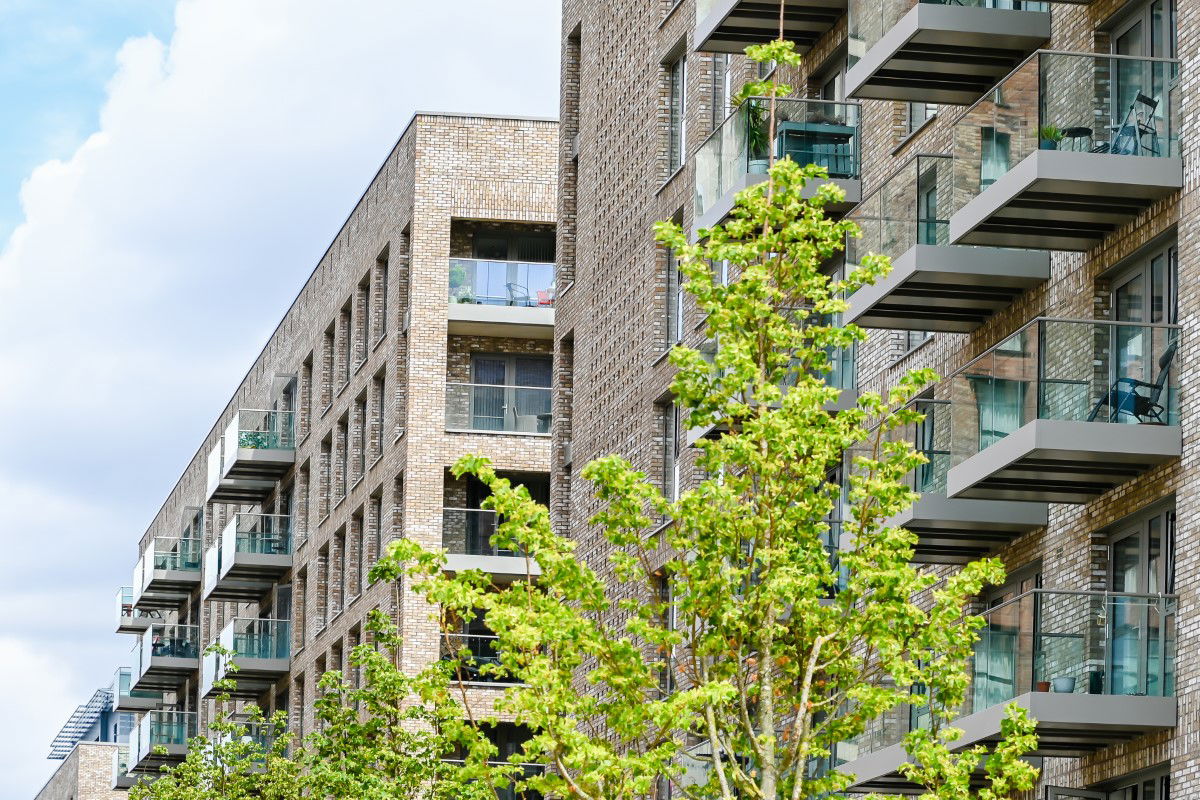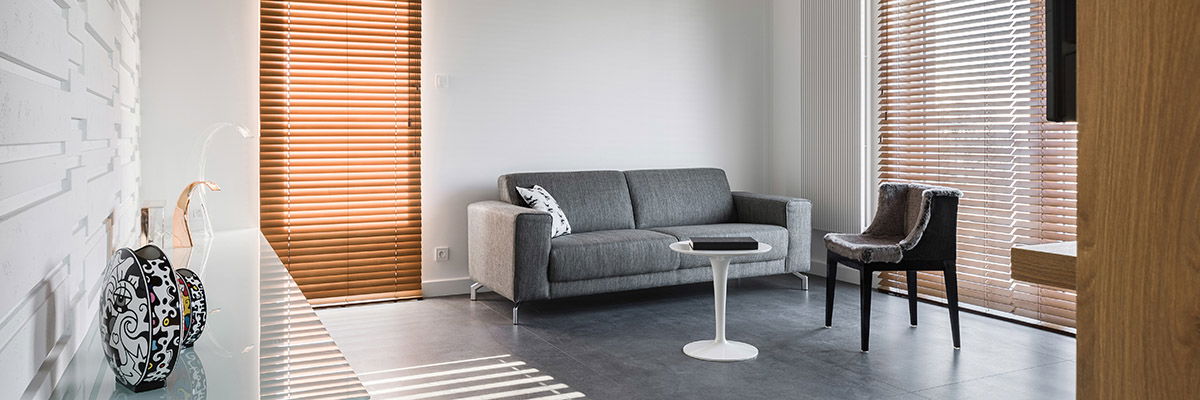Buy-to-let (BTL) mortgages for contractors
Explore personalised investment property finance options designed just for UK contractors.
Our expert buy-to-let mortgage advice will help you enhance rental income and capital growth, ensuring you get the most out of your investment.

Smart investment strategies for contractors
Buy-to-let properties are a popular investment choice for UK contractors, offering dual benefits of rental income and long-term capital growth.
Despite recent tax changes, buy-to-let remains a dependable retirement planning option. Many contractors who have maximised their lifetime pension allowance now look to property investment for stability and excellent returns.

Key considerations for investing in buy-to-let property
Buy-to-let mortgages differ from residential loans in that they primarily assess rental income rather than personal earnings. Most are interest-only, allowing landlords to use rental income for monthly repayments.
Lenders apply a ‘stress test’ to determine affordability, with stricter rental income requirements for higher-rate taxpayers (145%) compared to basic-rate taxpayers (125%). Limited company ownership structures are becoming increasingly popular among contractor landlords for tax efficiency. Seeking specialist advice before making investment decisions is essential.
Planning for tax efficiency
Recent tax changes, including reduced mortgage interest relief and higher Stamp Duty, have affected buy-to-let investments.
Many contractors are now considering limited company or Special Purpose Vehicle ownership for tax efficiency, which provides:
- Lower corporation tax rates.
- Clear separation of personal and business finances.
- Flexibility in reinvesting or extracting profits.
Consult a specialist advisor to determine the best approach for your investment. For more detailed insights, refer to our comprehensive Guide to Buy-to-Let Mortgages.
Tailored mortgage solutions for contractors
Whether you’re stepping into property investment for the first time or looking to grow your investment portfolio, we’re here to help. We simplify the complexities of buy-to-let mortgages for contractors. Our services include:
Tailored affordability calculations
Calculating affordability using annualised contract rates.
Diverse mortgage options
Access to fixed-rate, tracker, offset, and interest-only mortgages.
Specialist buy-to-let advice
Expert guidance on limited company buy-to-let setups.
Comprehensive landlord support
Advice on landlord insurance to mitigate risks.
Speedy approvals
Fast Agreements in Principle to streamline the process.

Protecting your investment
Ensures your rental income comfortably exceeds mortgage repayments. You can use our BTL rental calculator here (link to calculator) and our BTL rental yield calculator here (link).
Align property location and amenities with your target demographic for consistent results.
Complying with legal obligations ensures your property is safe and tenant-ready:
- Protecting properties from health hazards and ensuring water safety (e.g., protection from Legionella).
- Install smoke alarms on each floor and carbon monoxide detectors where necessary.
- Ensure furniture meets fire safety standards.
- Provide Energy Performance Certificates (EPCs) rated E or above (C rating required by 2028).
- Maintain all gas and electrical equipment to safety standards.
- Protect deposits in a government-approved scheme.
- Verify tenants’ right to rent (England) and provide the “How to Rent” checklist at the start of tenancy.
Compare the best BTL mortgage deals
Quick links
Buy-to-let calculators
Contractor-friendly mortgage lenders
Your protection insurance options
What makes Freelancer Financials different?
Start your buy-to-let journey
Get in touch with our expert team for tailored buy-to-let mortgage solutions that align with your goals. We’ll simplify the process and unlock the best opportunities for your investment success.



